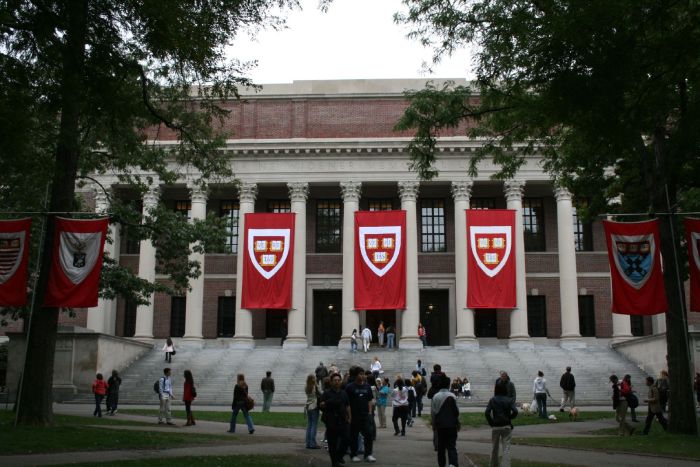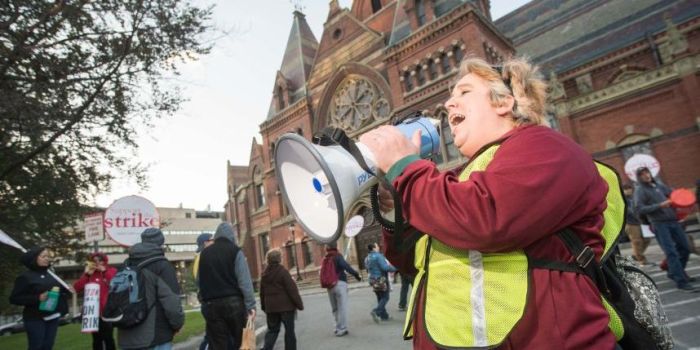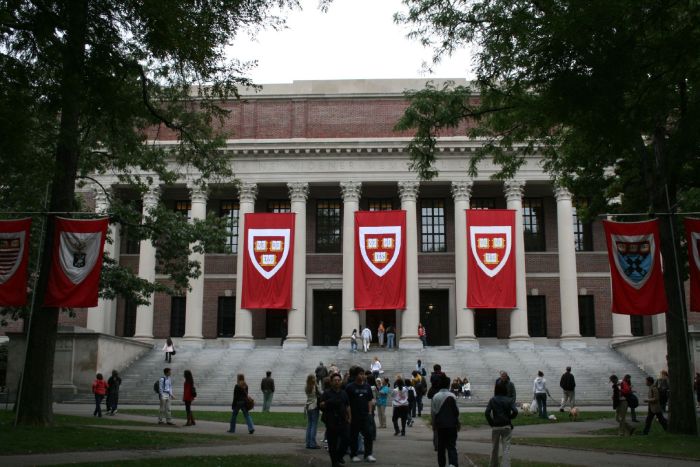Imagine a comfortable, livable home where you don’t have to turn on any electric lights during the day, where no heating or air conditioning system is required — yes, even in New England — and that it can do all that without producing any carbon emissions.
This house will soon be a reality, thanks to the Harvard Center for Green Buildings and Cities, but even with its “ultra-efficient” amenities, it won’t look especially advanced from the outside.
That’s because it’s a 1924 two-story home in a historic district of Cambridge. The center will be retrofitting the house with modern, energy-efficient technologies for a project called HouseZero.
Ali Malkawi, a professor of architectural technology at Harvard Graduate School of Design and the founding director of the center, said it is a “first-of-its-kind” project that challenges the idea that you have to build new homes from scratch in order to implement energy-efficient design.
“In the U.S. and many places around the world the existing building stock is the problem,” when it comes to high energy use, not new design options, he said. “Our intention [of HouseZero] is shattering the belief that these things cannot be done to existing homes. You don’t have to tear them down.”
Residential and commercial buildings accounted for 40 percent of the total U.S. energy consumption in 2016, according to the U.S. Energy Information Administration. Those who own property spend more than $230 billion each year on heating, cooling and powering about 113 million homes.
Malkawi said he and his team wanted to “push the limit” for what energy-efficient upgrades can be added to an existing home — a part of the market people think “you can’t do much with,” he said — which could help curb climate change and also help current property owners save money.
Because it’s in a historic district, the outside appearance couldn’t be drastically altered. But inside, changes to the house include eliminating the HVAC (heating, ventilation and air conditioning) system, adding skylights and other alterations to flood the home with natural light so electric lights aren’t needed during the day and adding a lab so that data can be collected in order to develop new and more efficienct technologies.
With no heating or cooling system, the house will instead use “thermal mass,” meaning the building’s materials are able to absorb and store heat. There will also be an automated system, Malkawi said, to “sense the occupants needs and open the windows accordingly throughout the entire day as well as the night.”
Algorithms can also sense if the windows need to open to provide better air quality, when they need to close once the building is cool and can “predict future forecasts for [the windows] to adjust themselves accordingly,” Malkawi said.
Construction to upgrade the home is underway and is expected to take seven to nine months. When it’s complete, it will be the new headquarters for the Center for Green Buildings and Cities and, Malkawi added, hopefully be a template to modernize more existing homes.

























